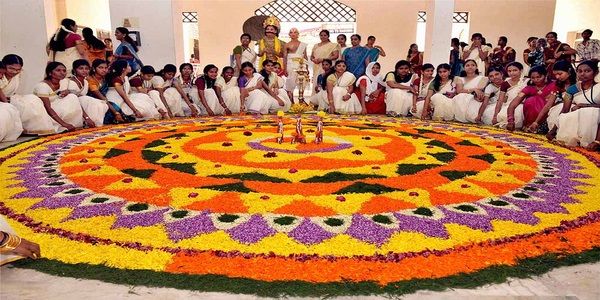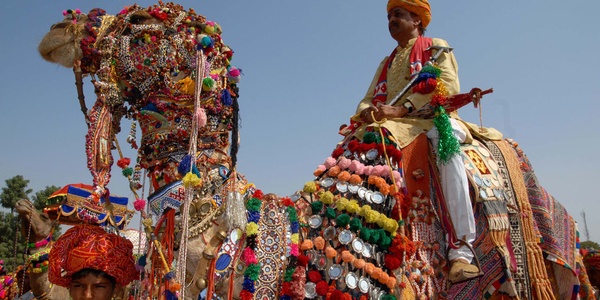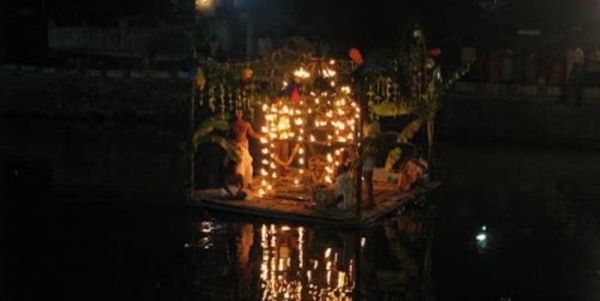IFFK 2025: Thiruvananthapuram Gears Up for a Landmark 30th Edition
The air in Thiruvananthapuram is electric as the countdown begins for the 30th edition of the International Film Festival of Kerala (IFFK). With just a few days, beginning on 12th December till 19th December, the city is preparing to host thousands of cinephiles, filmmakers, students and festival loyalists who return every year to celebrate the art of cinema. The Kerala State Chalachithra Academy, which organises the festival, has confirmed that this year's edition will be bigger and more inclusive than ever. An additional screen, Kripa 1, has been added, bringing the total number of screens to sixteen, an indication of the festival’s expanding reach and the academy’s effort to accommodate its ever-growing audience. For three decades, IFFK has stood as a symbol of Kerala’s deep relationship with cinema, functioning not just as a film festival but as a cultural gathering that unites people across regions, languages and backgrounds. As the 30th edition approaches, the excitement is palpable across the city, from coffee shops discussing world cinema to hotels filling up faster than previous years.A Richer Festival Line-up Marks the 30th YearThis edition of IFFK promises an enriched cinematic experience with more screenings, new curated film packages and a diverse showcase of global voices. Two specially curated sections have been added: a collection of Suvarna Chakoram award winners up to 2020 and a unique package featuring ten films by renowned IFFK lifetime achievement awardees. These additions reflect the festival’s commitment to honouring its legacy while creating space for new voices. The core festival segments remain strong, with seven films featured in the Indian Cinema Now category, fourteen in the International Competition category, eight films under Kaleidoscope, and twelve in the Malayalam Cinema Today section. These selections bring together a powerful range of themes, cultures and cinematic styles, highlighting IFFK’s international stature and its ability to bring the world to Kerala’s doorstep.Honouring Masters: Retrospectives That Inspire GenerationsThis year’s retrospectives add emotional weight and cinematic richness to the festival. The spotlight falls on Saeed Mirza, one of Indian cinema’s most important parallel film directors. Films like Salim Langde Pe Mat Maro and Arvind Joshi Ki Ajeeb Dastan remind audiences of Mirza’s sharp social commentary and earthy storytelling. For many who grew up watching Mirza’s iconic works such as Nukkad and Albert Pinto Ko Gussa Kyun Aata Hai, this retrospective is a nostalgic homecoming.Animation with Depth: A Spotlight on Annecy Award WinnersThe love for anime continues at IFFK with Signatures in Motion, a collection of four award-winning films from the Annecy Animation Film Festival. Among them, Zaven Najjar’s adaptation of Ahmadou Kourouma’s novel about a young child soldier trapped in the brutalities of civil war in Liberia promises to leave a profound emotional impact. The inclusion of these works reinforces IFFK’s dedication to presenting animation not just as entertainment but as powerful visual storytelling.The Lifeline of IFFK: Its People and Their Unwavering DevotionWhile the films bring crowds, it is the people who make IFFK what it is. Film enthusiasts from across Kerala and beyond are getting ready for their annual pilgrimage to Thiruvananthapuram. Hotels are nearly full, and city residents are preparing to host friends and fellow film lovers. This communal spirit is what gives IFFK its unique character.One of the most anticipated moments of IFFK 2025 will be the honouring of Mauritanian-born, Mali-based filmmaker Abderrahmane Sissako with the Lifetime Achievement Award. Sissako is widely regarded as one of Africa’s most influential contemporary directors. His works explore themes of exile, globalization, displacement and human dignity. From Waiting for Happiness (winner of the FIPRESCI Prize at Cannes 2002) to Bamako and the internationally acclaimed Timbuktu, Sissako’s cinema has left a deep imprint on world film culture. His recent film Black Tea (2024), nominated for the Golden Bear at Berlin, stands as proof of his continued artistic brilliance.A Festival Built on Passion, People and the Power of CinemaAs the Kerala State Chalachithra Academy gives the final touches to the festival’s arrangements, anticipation grows around the jury list, celebrity attendees and special events. But beyond logistics and screenings, IFFK remains a celebration of the human experience. It is a space where stories from every corner of the world meet, where strangers become friends, where cinema becomes a shared language. Thiruvananthapuram is ready once again not just to watch films, but to live them.Why Film Festivals Matter: The Beating Heart of a Nation’s Cultural SoulFilm festivals play a vital role in shaping a country’s cultural identity. They provide a platform for independent and regional filmmakers whose voices often remain unheard in mainstream cinema. These festivals expose audiences to global stories, creating diversity, empathy and cross-cultural understanding. They encourage conversations on social issues, celebrate artistic risk-taking and inspire young creators. Beyond culture, film festivals boost tourism, support local businesses and position a city as a creative hub. Most importantly, they help preserve the nation’s storytelling traditions while opening doors to new cinematic forms. In just a few days, a festival can spark dialogue, ignite imagination and remind us why cinema is one of the most powerful connectors in society.

 (1).jpg)
.jpg)
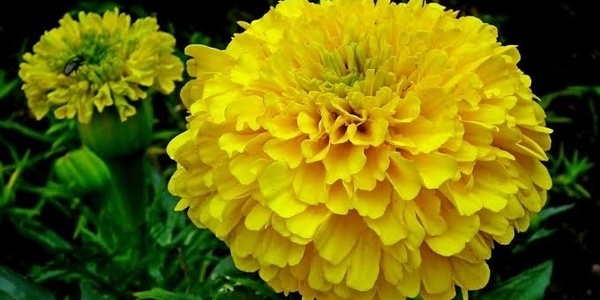
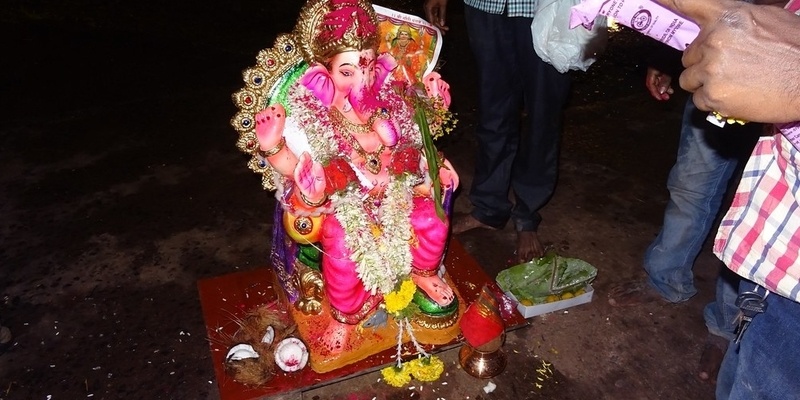
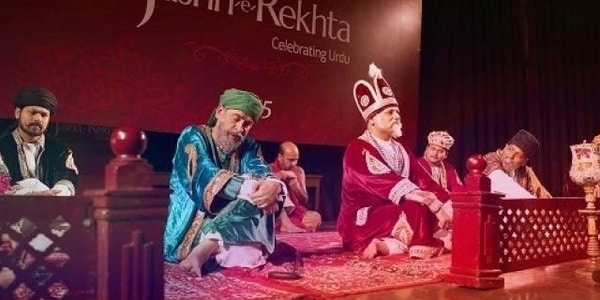
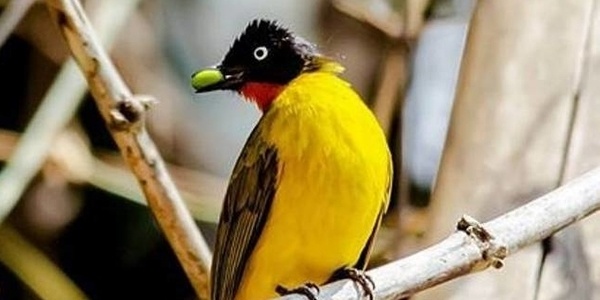


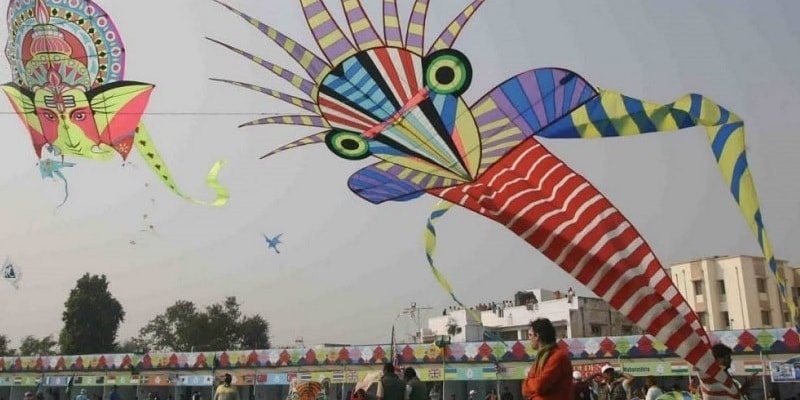
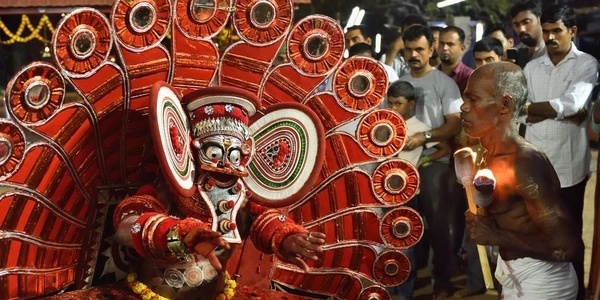
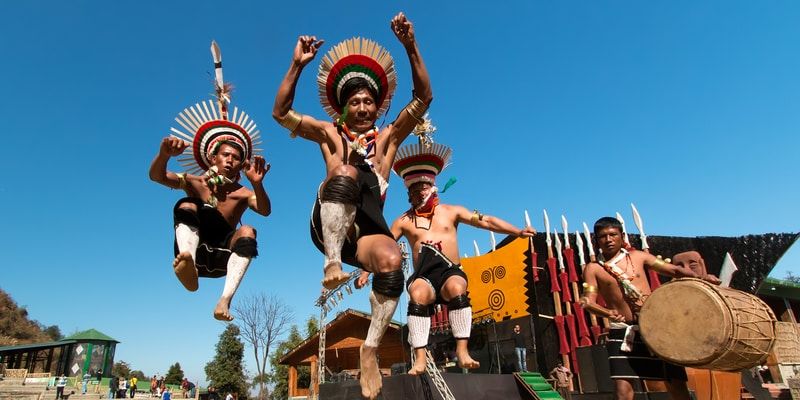


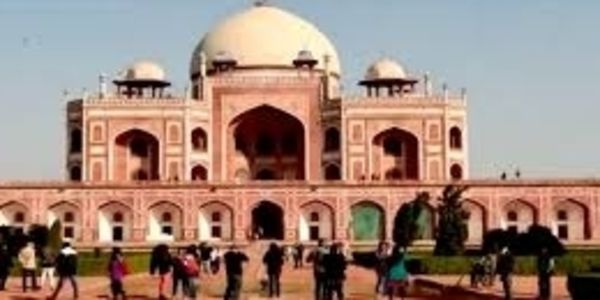
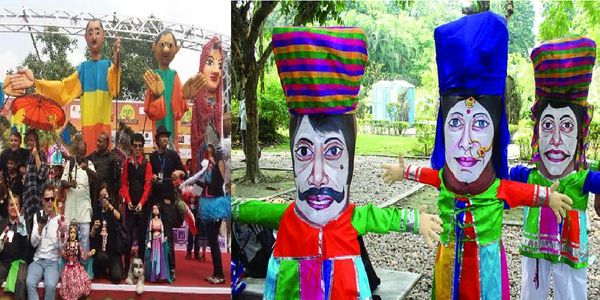
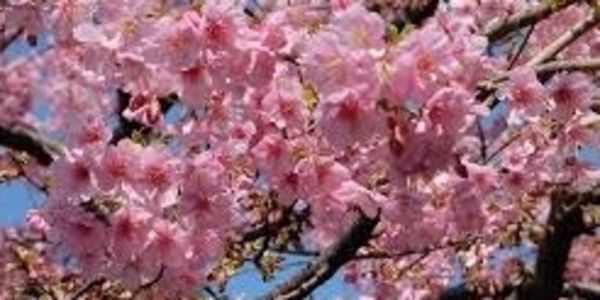
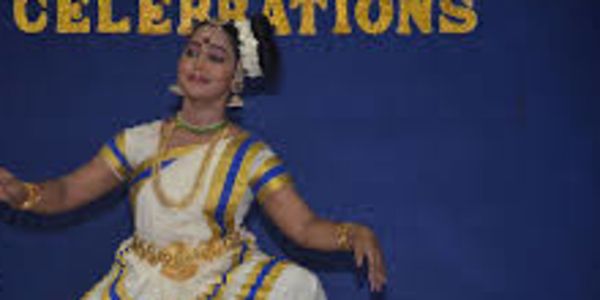


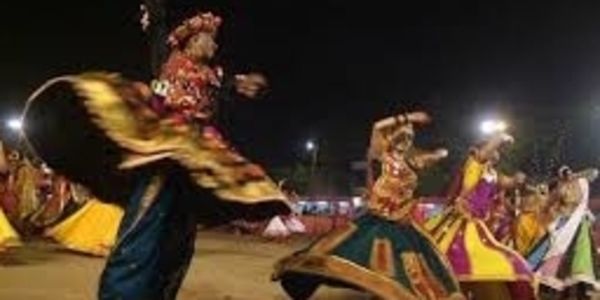
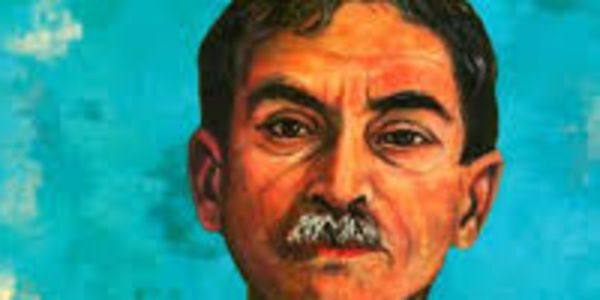
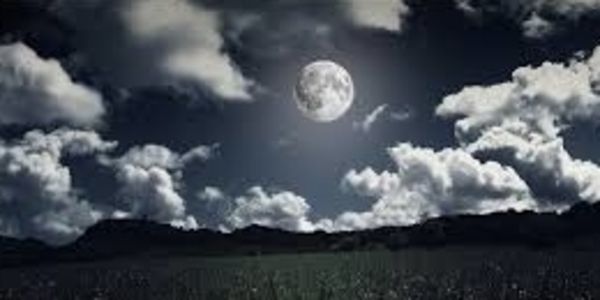
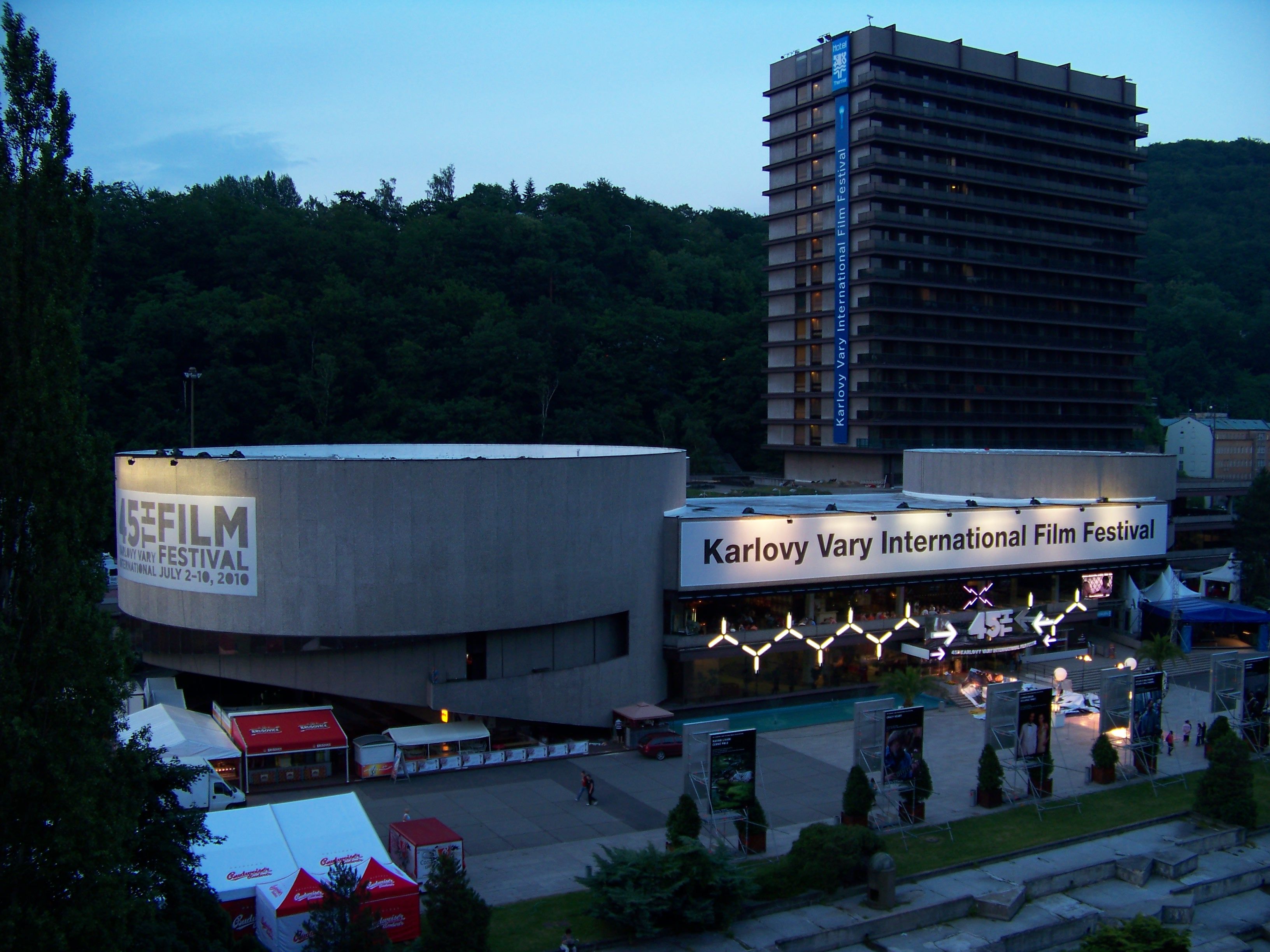
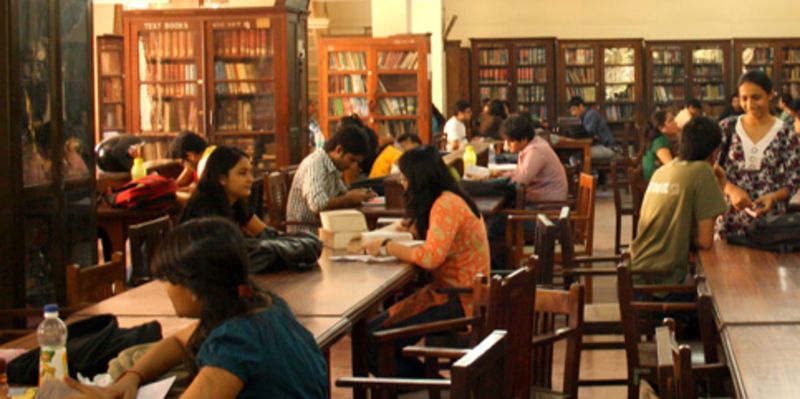
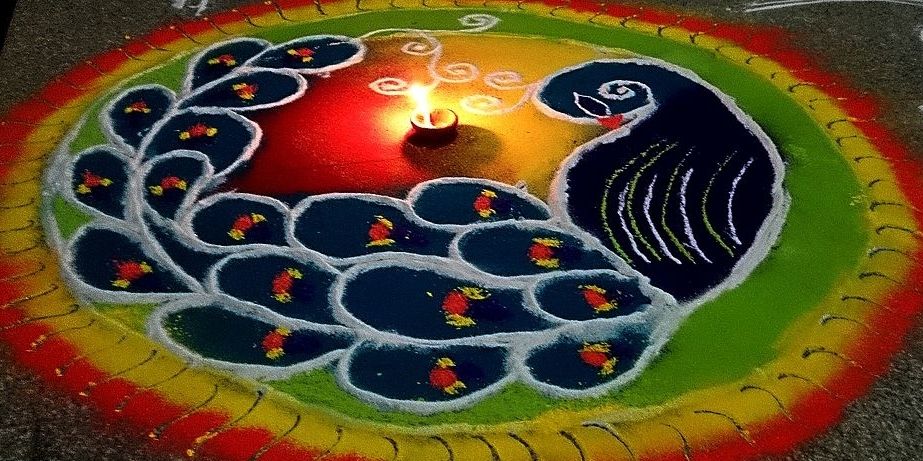
.jpg)
.jpeg)
.jpg)
